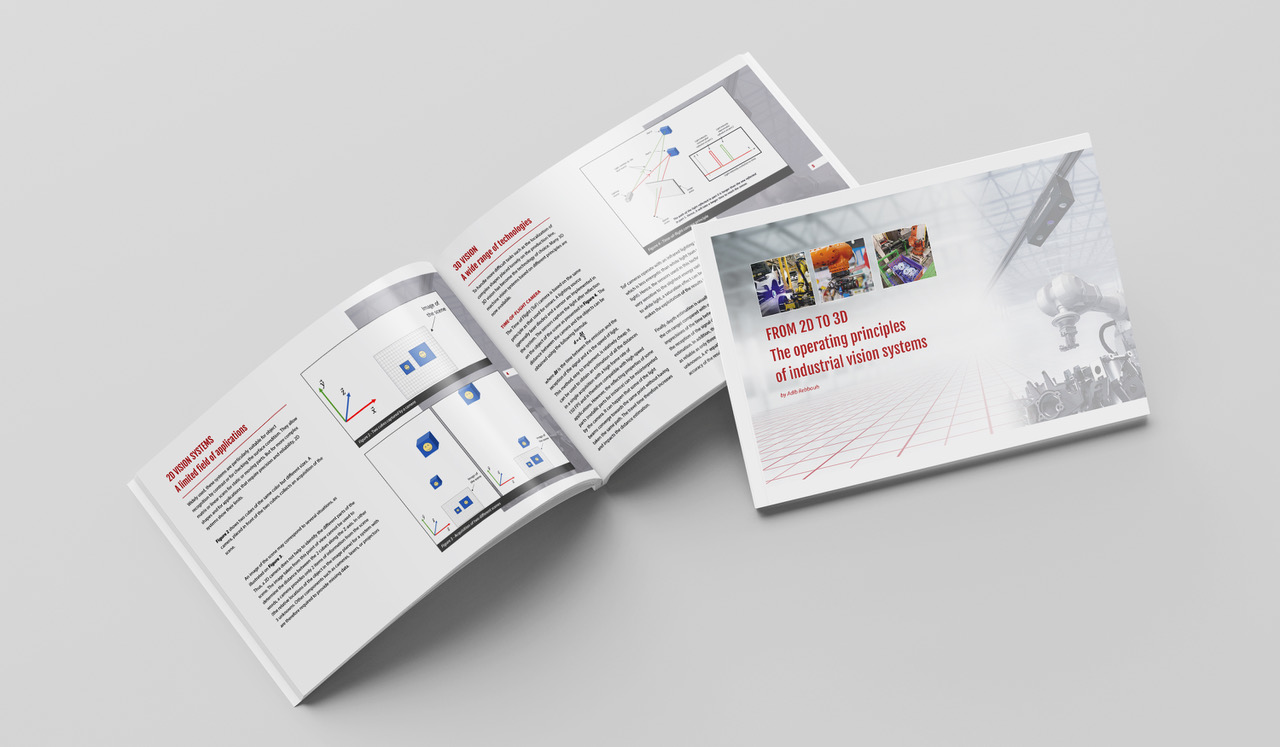
From 2D to 3D: the operating principles of industrial vision systems
Industrial vision systems are now considered as essentials on the control or production line. They help meet the growing demand to produce faster with better quality and are in line with the industry 4.0 trend. They differ in the quality of the optics and sensors but also in the technology used for image acquisition. Widely used on the market, 2D vision systems are starting to run out of steam and are now being overtaken by much more efficient 3D solutions. Numerous 3D technologies have emerged and can perform increasingly complex tasks of identification, inspection, localization, robot guidance and bin-picking. The choice of the 3D vision system depends not only on the application but also on the shape of the part, the material it is made of, the working environment, etc.

Adib Rebbouh, Field Applications Engineer at Visio Nerf, tells us more about the technologies currently in use and details the following principles:
VISION FOR YOUR AUTOMATION